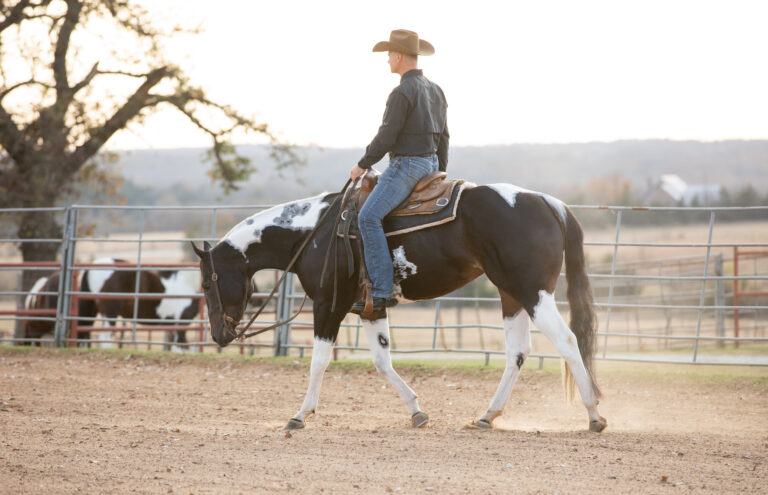This article originally appeared in the Fall 2025 issue of EquiManagement. Sign up here for a FREE subscription to EquiManagement’s quarterly digital or print magazine and any special issues.

At the 2024 AAEP Convention, Alonso Guedes, DVM, MS, PhD, DACVAA, of the University of Minnesota, tackled a complicated subject on how to manage pain from laminitis. The objective in managing laminitic pain, he said, is to eliminate unhelpful pathologic pain while preserving protective physiologic pain. Pathologic pain signs are evidenced by abnormal behavior, withdrawn attitude, and depression. The horse off-loads his limbs frequently, often five times per minute, by shifting weight and not picking up the limb. Normal off-load frequency is about once every two minutes. In contrast, physiologic pain is an important protective and adaptive mechanism that can be treated with medication. Guedes reviewed many multimodal analgesia options, of which we’ll discuss a few newer medications.
Tramadol
One oral medication with good bioavailability that has provided reasonable results is tramadol at 5 mg/kg twice a day, crushed into a powder and mixed with molasses or Karo syrup. Guedes cited a study in which researchers treated 15 chronic laminitis cases with tramadol—it seemed to provide transient pain relief for about three days. As a μ-opioid receptor agonist, it inhibits reuptake of serotonin and norepinephrine to interfere with the brain’s perception of pain. Tramadol also decreases plasma TNF-α to mitigate neurons’ firing rate and limit tissue edema that could otherwise decrease blood flow and result in hypoxia and tissue breakdown. (TNF-α increases neuronal excitability. Normal levels should be < 300 pg/ml, but laminitic horses generally have levels > 1500 pg/ml.) Guedes cautioned against using a higher 10 mg/kg dose because it has the potential to incite gas colic.
Ketamine
Another medication he prefers for neuropathic laminitis pain is ketamine, which acts on pain fibers. It works as an NMDA receptor antagonist in the peripheral nerve endings to block transmission to the spinal cord where pain signals are modulated. This reduces neuronal hyperexcitability to help stop throbbing laminitis pain. Ketamine can be administered via constant rate infusion at 0.6 mg/kg/hour intravenously for six hours a day for three to five days, or it can be given intramuscularly at 0.5 mg/kg every six hours.
A combination of tramadol and ketamine—tramadol 5 mg/kg twice daily for seven days and ketamine for the first three days given at the constant rate infusion dose above (0.6 mg/kg/hour IV for six hours a day)—has synergistic effects. Ketamine potentiates tramadol analgesia to improve comfort and reduce the off-loading frequency of the limbs.
Gabapentin
Gabapentin might have a role in neuropathic laminitic pain control if given at 2.5-20 mg/kg once or twice a day orally. It is a supraspinal voltage-gated calcium channel antagonist blocker in the spinal cord, so it blocks pain signs as they move toward the spinal cord and brain. In one study, researchers administered 120 mg/kg for two weeks with no adverse effects. Guedes noted that gabapentin at this high dose accumulates over time.
Final Thoughts
In summary, he said neuropathic laminitis pain is not very responsive to NSAIDs or opioids. Rather, nociceptive neurons in the spinal cord and brain respond well to ketamine or gabapentin.
Related Reading
- How to Feed Horses Prone to Endocrinopathic Laminitis
- Management of Hyperinsulinemia and Laminitis With Ertugliflozin
- Using the Right Medications to Manage Chronic Pain in Horses
Stay in the know! Sign up for EquiManagement’s FREE weekly newsletters to get the latest equine research, disease alerts, and vet practice updates delivered straight to your inbox.

![[Aggregator] Downloaded image for imported item #18782](https://s3.amazonaws.com/wp-s3-equimanagement.com/wp-content/uploads/2025/11/03125751/EDCC-Unbranded-13-scaled-1-768x512.jpeg)


